|

 The Steele Dossier and the "Russian Connection" The Steele Dossier and the "Russian Connection" The Trump Cabinet The Trump Cabinet Trump's Supreme Court appointments Trump's Supreme Court appointmentsThe textual material on this webpage is drawn directly from my work America - The Covenant Nation © 2021, Volume Two, pages 455-460. |

|

 The Steele Dossier and the "Russian Connection" The Steele Dossier and the "Russian Connection" The Trump Cabinet The Trump Cabinet Trump's Supreme Court appointments Trump's Supreme Court appointmentsThe textual material on this webpage is drawn directly from my work America - The Covenant Nation © 2021, Volume Two, pages 455-460. |

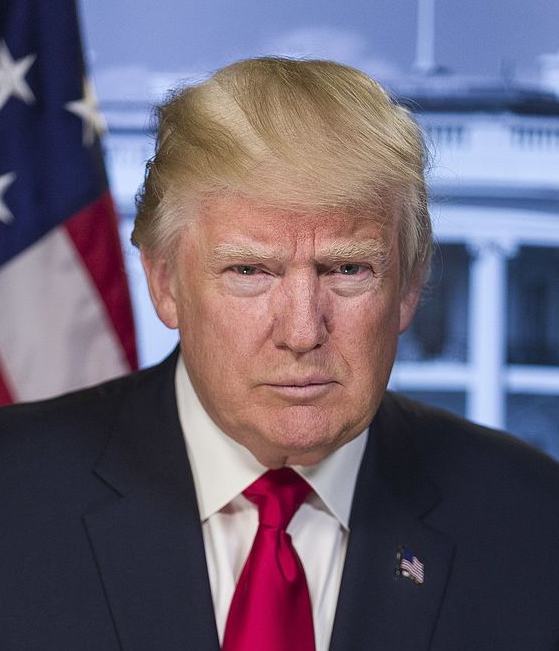
Official presidential portrait of Donald Trump

|
|
The Steele Dossier
On January 10th (2017), just ten days before Trump was due to be inaugurated, BuzzFeed published a 35-page dossier accusing Trump of all types of collusion with the Russians in order to undermine Hillary Clinton's presidential campaign. The story was also picked up by CNN. The next day, The Wall Street Journal also published the story, the first to identify the author of the document, British investigator Christopher Steele (former MI6 agent and now head of his own research company, Orbis). The information in the Steele Dossier was very damaging to Trump. Now the anti-Trump media and Washington political Left had finally found an issue that could most certainly chase the hated Trump from the White House. Thus even as Trump took office, Democrats were already calling to "impeach Trump" (Democrats Maxine Waters and Elijah Cummings leading the chant in the House and Democratic Party Minority Leader Chuck Schumer in the Senate). What was not known at the time was that the Steele Dossier was specially commissioned back in April of 2016 by Marc Elias, working for the Clinton campaign and the Democratic National Committee, paying Fusion GPS $1.02 million to dig up dirt on Trump. Fusion GPS in turn hired Steele (Orbis) for $168 thousand to come up with the required details. In theory, with Elias as the go-between, supposedly Steele did not know he was working for the Clinton Campaign Committee, and the Clinton Campaign Committee higher-ups knew nothing about this research. Really?!!! Then in the weeks ahead, Steele presented his findings in sixteen different memos, one by one. In the meantime, Steele also reported his "concerns" to the FBI (July), bringing the FBI (and subsequently the CIA) to begin to look into this matter of a Trump-Russia collusion. Steele even met in September with a friend in the U.S. State Department. But by the end of September the FBI closed down its investigation, finding nothing of importance there. Yet in October of 2016, just before the national elections, the periodical Mother Jones came across the Steele story, explaining that a British spy working for the Clinton Campaign had come up with information involving Russian support of the Trump Campaign! But actually, by this time rumors of such a document and its contents had become widespread in various Washington circles. Then in November the British Ambassador met with Senator (and, at this point, dedicated political opponent of Trump) John McCain, to let him know of the British concern that the dossier needed to be taken seriously. Eventually McCain got his hands on a copy of the dossier, and in turn passed it on to FBI Director James Comey. The next day a McCain staffer provided the press with copies of the dossier, and thus the official break of the news on January 10th. Actually, Trump had just previously met with outgoing President Obama, plus Comey and General James Clapper (Director of National Intelligence) in which they covered numerous issues, including the matter of Russia's efforts to affect the election (a regular occurrence, that went both ways between Russia and America!). No mention was made about this dossier at that time. Concerning the dossier itself, the information was largely conjecture. In another case about a year later, in which a Russian internet service provider was suing Buzzfeed for unfounded claims that it worked for the Russian government in providing email leaks in order to disrupt the Clinton Campaign and the Democratic National Committee, Steele confessed in a deposition that he himself had not rigorously checked out the information he put forward in his Trump-Russia dossier. He had used information submitted to a CNN website (iReport.com), not knowing that the information did not come from CNN reporters or CNN investigations directly, but by anyone who wished to post whatever "news" they wanted on that particular website. This website was no longer active, although its archives had remained accessible online. Steele confessed that he did not realize that this information was not fact-checked by CNN itself but merely assumed it was the case, being somehow CNN related. Oops! Special Counsel Mueller investigates the "Russian connection" The firing of FBI Director James Comey on May 9th (2017) led Congress on the 17th to call for the creation of a special counsel to be appointed, to look into those now widespread rumors of Russian interference in the 2016 national elections, Democrats expecting to see an impeachable connection between Trump and the Russians. Trump's new Attorney General Jeff Sessions recused himself from this matter, leaving Deputy Attorney General Rod Rosenstein in charge. Rosenstein in turn appointed former (2001-2013) FBI Director Robert Mueller as that Special Counsel, given wide authority to find out whatever he could on the matter. For almost two years the investigation went on, out of direct public review of the proceedings. Of course, speculations as to what Mueller might uncover in his investigations made front page news constantly, almost daily. All of this was too scandalous to pass up. But in actuality it was all speculation, an investigation all of its own conducted by the media, with the presumption that it was paralleling the Mueller investigation. But again, this was just newsy speculation, which of course Trump's opponents (his many opponents in fact) enjoyed thoroughly.
|
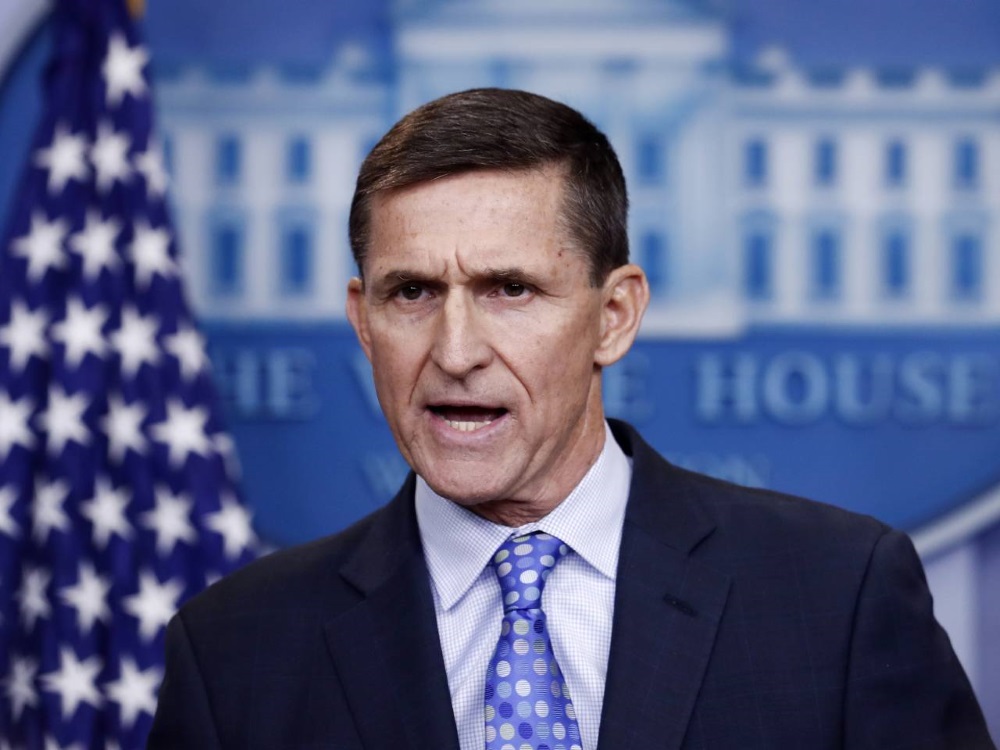
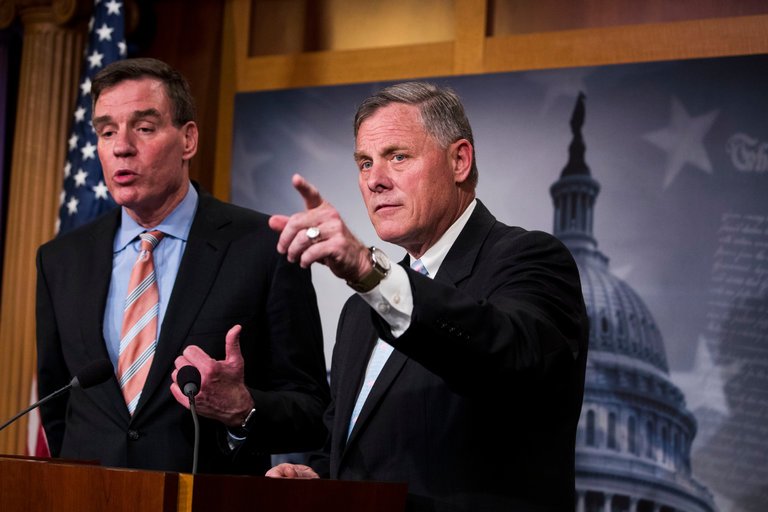
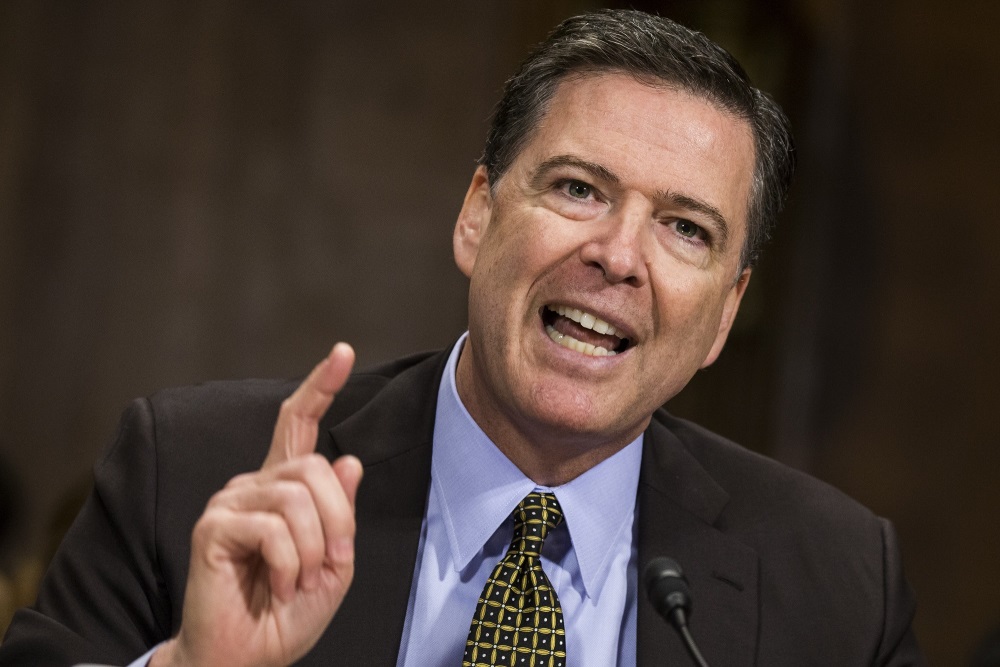
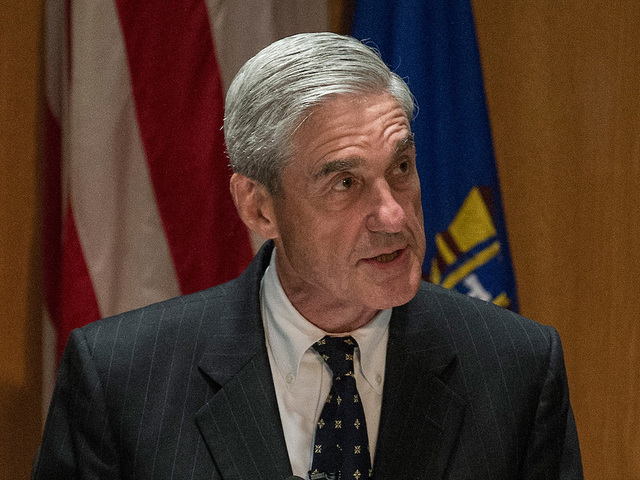

|
|
Upon election, Trump fairly quickly brought in nominees for his presidential cabinet, a quite impressive group. As secretary of state he chose former CEO of ExxonMobil, Rex Tillerson. As secretary of defense, he chose General Jim Mattis, who had to receive special waiver to hold this civilian position as it had only been three years instead of seven since his retirement as a military officer. As treasury secretary, he appointed the very successful hedge fund manager Steve Mnuchin. As attorney general, he appointed the ever-loyal Alabama Senator Jeff Sessions. Another key appointment, to the position as secretary of housing and urban development, was Ben Carson, a Baltimore pediatric neurosurgeon (but also a presidential candidate in the 2016 race). But troubles seemed to make some of these appointments unusually short-termed. Trump's casual and at times impulsive style conflicted greatly with Secretary of State Tillerson's tightly structured corporate style, which constantly put the two men in conflict over policies, often publicly. Also, Tillerson's determination to greatly reduce the size and expense of the U.S. diplomatic corps put him at odds with Washington's bureaucratic mentality, but supposedly also undercut the ability of the State Department to do its job. In March 2018, serving only one year on the job, Trump and Tillerson parted company. Trump's CIA Director Mike Pompeo took the position the next month as Trump's new secretary of state. As attorney general, Sessions had shown the toughness that Trump called for, reversing former Attorney General Holder's cutback on criminal punishment and his promotion of gender identity as a civil rights issue – and in Session's opposition to the "sanctuary cities" that welcomed illegal immigrants. But Trump was loudly and repeatedly expressive of his hurt when Sessions recused himself, refusing direct involvement in the process of setting up an investigative committee to look into the charges of Trump's collusion with the Russians during the 2016 campaign. Finally, the day after the November 2018 elections, he bent to Trump's pressuring and finally stepped down from his position. Former U.S. attorney general William Barr would return to the position in early 2019, replacing Sessions.
|
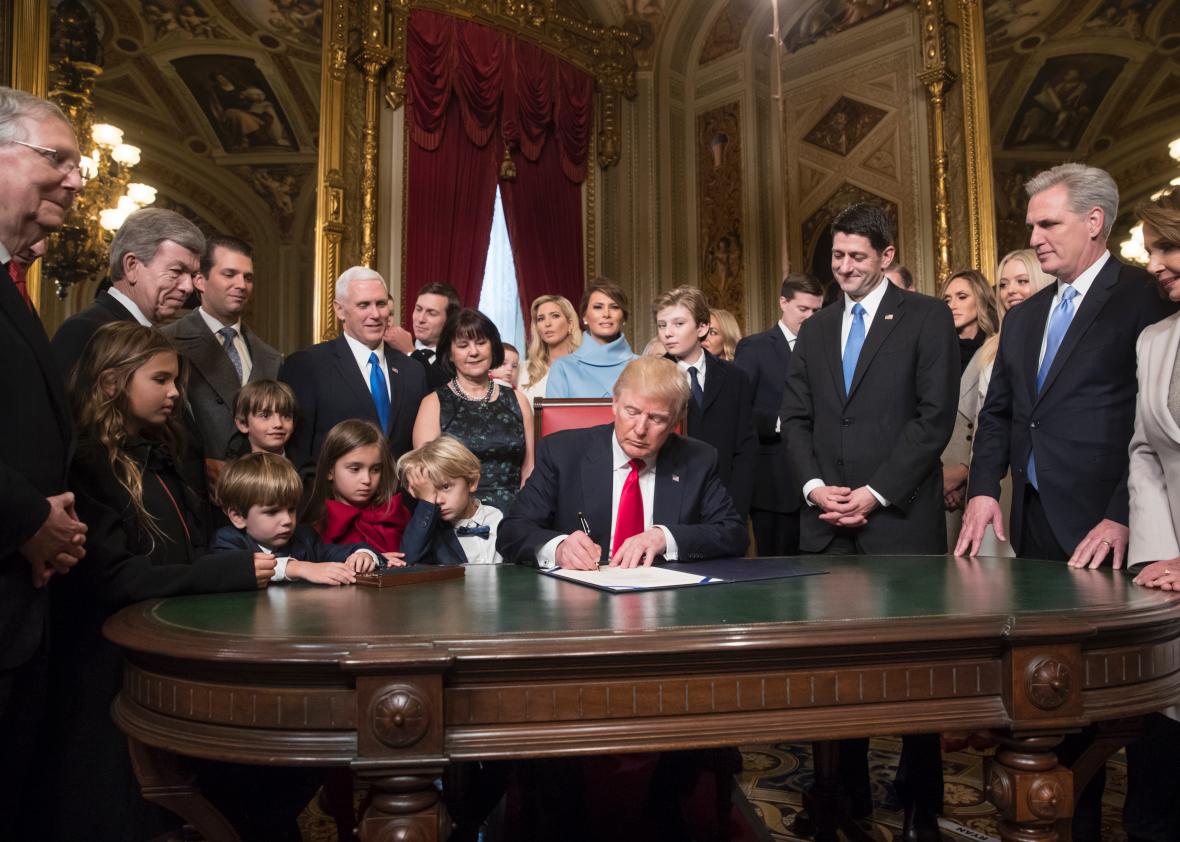
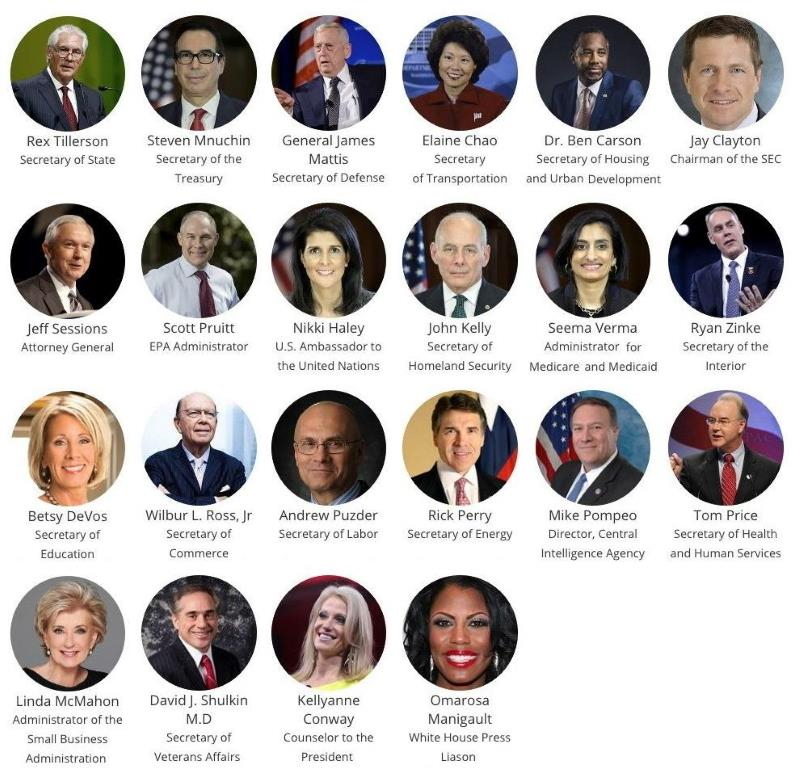

|
|
The Gorsuch Supreme Court appointment
In February of 2016 Conservative Supreme Court Justice Antonin Scalia died, leaving a vacancy on the Supreme Court that President Obama moved to fill by nominating Merrick Garland, considered a "centrist" on the ideological lineup of Federal Judges. But the Republican-dominated Senate wanted a conservative to replace the strongly conservative Scalia, realizing that Merrick's appointment would weaken considerably the conservative position of the highly ideological Supreme Court. Being an election year, the Senators wanted to see how the national elections worked out, even though at the time the national press was quite confident that Hillary would be taking over the White House from Obama. Thus no action was taken on the appointment. When Trump took over as President, he had a number of judicial positions to fill, including the empty Scalia seat. In February (2017) he appointed to that position Neil Gorsuch, a judicial conservative (a judicial "originalist"), known to take the view that the Supreme Court needs to be very careful about updating Constitutional law through innovative or "progressive" decisions. According to the originalists, the Constitution provided for a very limited use of power by the national authorities located in Washington, and that key principle needed to be protected against the tendency of people in power (including federal judges) to take into their own hands power that belonged only to the states and to the people, as is clearly stated in the Tenth Amendment. The Senate Judiciary Committee approved his nomination, with an 11-9 vote that followed Republican-Democrat party lines. Then the Democrats attempted to filibuster (drag on endlessly discussion on a matter) the confirmation vote, forcing the Republican majority to invoke the "nuclear option" of using its majority to force a vote finally on the nomination. Meanwhile the (Leftist) news sources Buzzfeed and Politico did what they could to portray Gorsuch as negatively as possible. The battle was on! Nonetheless a few days later the Senate confirmed Gorsuch's nomination, 54-45, purely along party lines, except for the three Democrat Senators who voted their approval.
|
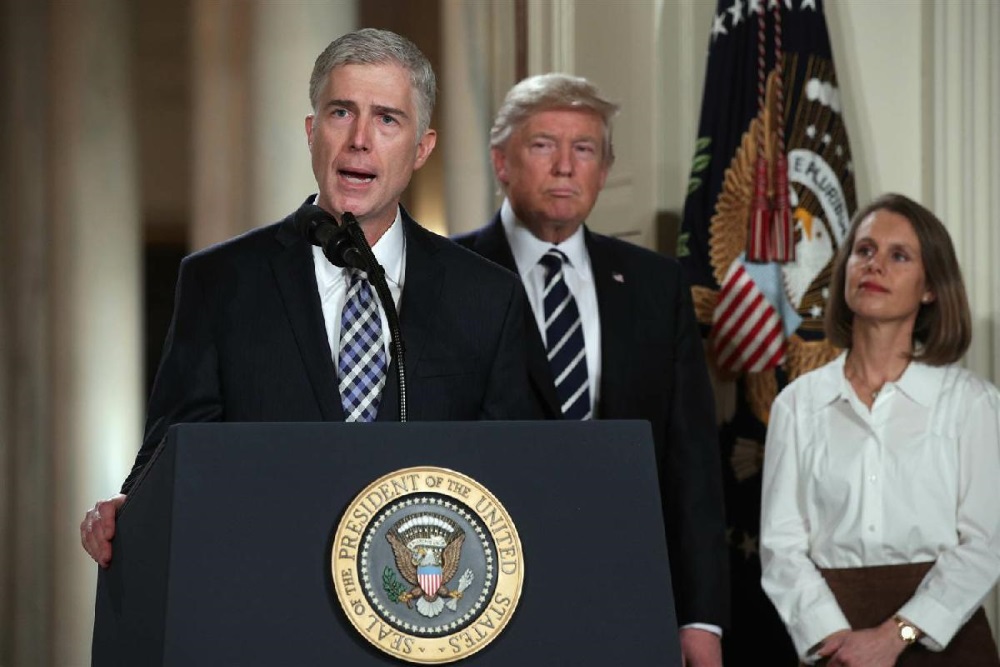
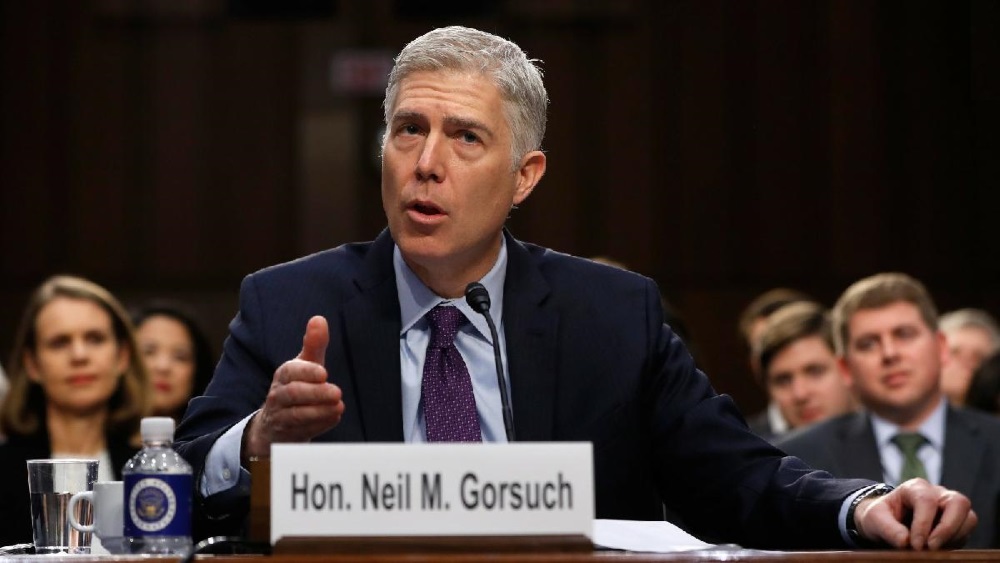
|
The Kavanaugh Supreme Court appointment
Overall, replacing a conservative justice with another conservative justice did not stir the ideological soldiers to go to full battle. But the next Supreme Court appointment did, when Anthony Kennedy, a "centrist," announced his retirement, planned for July of 2018. Trump now had yet another appointment opportunity, and surely he would name a conservative to the spot. When in filling Kennedy's vacated
position Trump nominated Brett Kavanaugh, a very conservative judge of
the U.S. Court of Appeal for D.C., red flares went up everywhere. The
Kavanaugh appointment meant all-out ideological war. About the only thing that Democrats could come up with to block Kavanaugh's appointment however was the accusation of Christine Blasey Ford who came forward to testify that 36 years earlier, back in her high school days, a group of drunk high school boys from another high school had accosted her, causing her great fear. Although she did not know any of them personally at the time, she was quite certain that one of them was Kavanaugh. Meanwhile, feminists were in full force with their "Me Too" campaign, directed against film producer Harvey Weinstein (but broadened to Trump and then ultimately Kavanaugh), complaining about the "toxic masculinity" that victimized women everywhere. Toxic masculinity had to be put to an end. It was time to stop supporting aggressive male behavior – such as that described by Ford. Thus confirming Kavanaugh's Supreme Court appointment would be a horrible attack on women's rights. The hearings turned into a story of Kavanaugh's behavior in which opponents and supporters depicted a very different Kavanaugh, of course. It got to be a matter of he said, she said. In the meantime, the FBI was called on to look into the matter, but something that happened so long ago was hard to substantiate. In any case emotions ran very, very high at the hearings. Finally that October a vote was held, barely confirming Kavanaugh by a vote of 50-48, again along party lines, but with a male Democrat voting yes and a female Republican abstaining (and one Republican absent to attend his daughter's wedding). Interestingly, in taking his position, Kavanaugh hired an all-female team of law clerks (possibly to pacify the feminists who had done their best to block his appointment?).
|
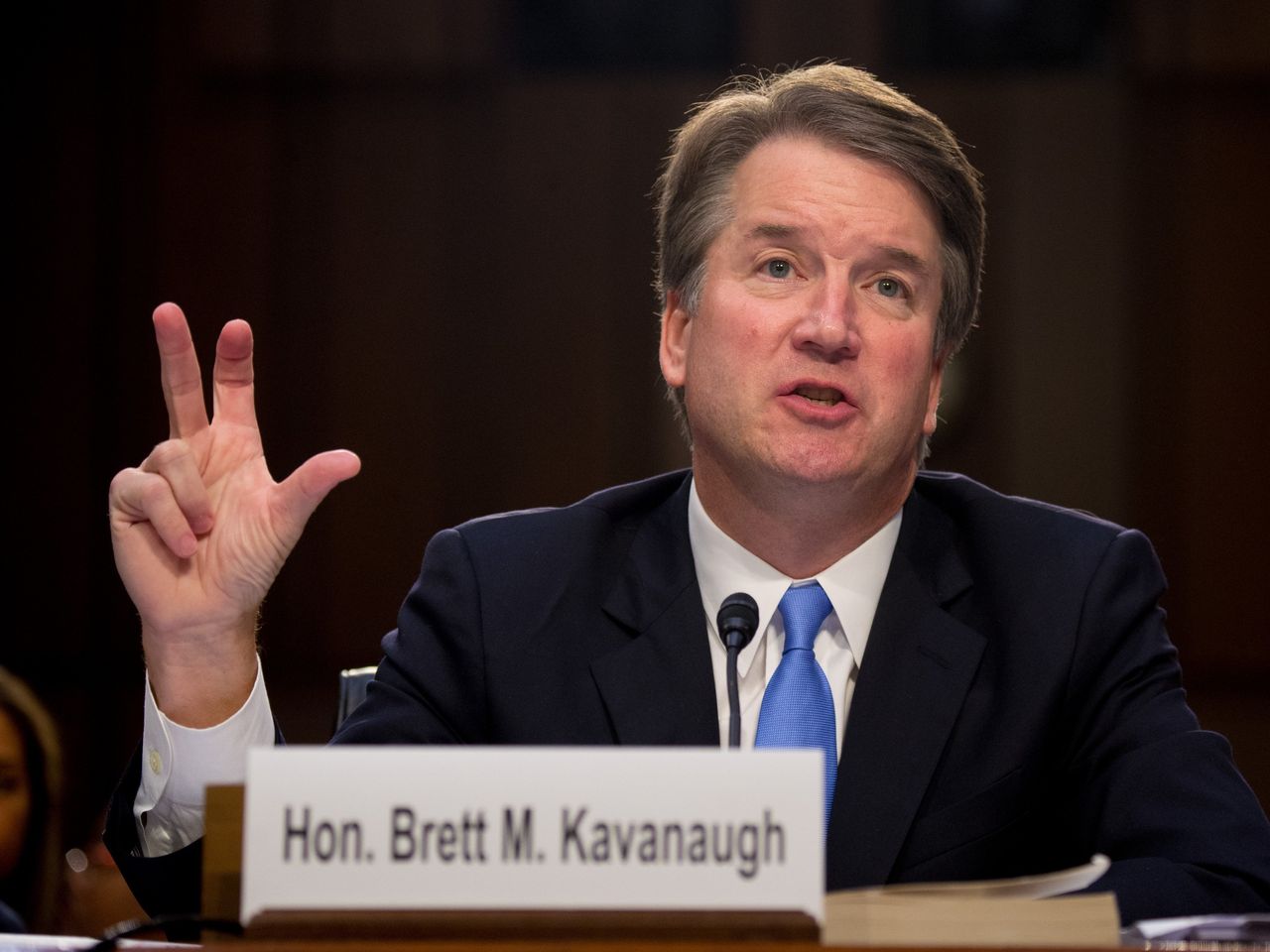
Conservative Federal Judge Brett Kavanaugh at his Senate hearing as a new Supreme Court appointee
September 2018
Christine Blasey Ford testifying about an incident back in the early 1980s at a high school party.
|
Trump's third Supreme Court appointment: Amy Coney Barrett
Then in 2020, just a month (October) before the scheduled November elections, Trump was able to appoint yet a third individual to the Supreme Court, replacing Ruth Bader Ginsburg … who had died the previous month (September). The Democrats were furious, remembering how the Republicans had stalled Obama's intended appointment in the last months of his presidency. But the Republicans, possessing a majority in the Senate, pushed ahead with hearings on the Trump appointment of Amy Coney Barrett to the position … a judicial "originalist" or conservative (and a Catholic) – replacing a very Liberal (and Jewish) Ginsburg. Needless to say, Barrett's Christian loyalties ("dogma" it was termed by Democratic Senator Feinstein) came under considerable questioning by the Democrats (where did she stand on the matter of abortion and gay rights?). In the process the American Bar Association (which usually is listened to in such matters) gave her its highest recommendation … for "integrity, professional competence and judicial temperament." But this did not bring on any support from the Democrats. In any case, in the end, the Republican majority was able to confirm her appointment 52-49, with none of the Democrats in favor and even one Republican (Susan Collins of Maine) voting in the negative. Thus her appointment probably heightened the fear considerably of the Democrats that the Supreme Court would be even less likely than ever to be the ultimate recourse to put their "progressive reforms" into place by decree. But they had not yet had the opportunity to see what a Democratic White House (soon-to-be-President Joe Biden) would be able to achieve simply through issuing multitudes of executive orders (presidential decrees) as the law of the land.
|
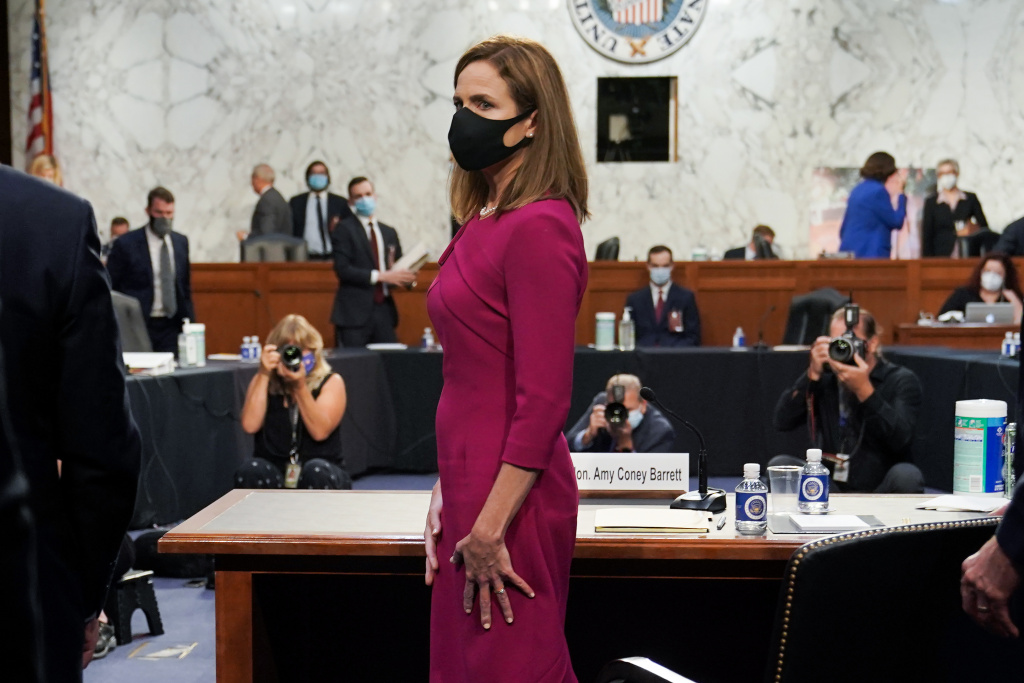
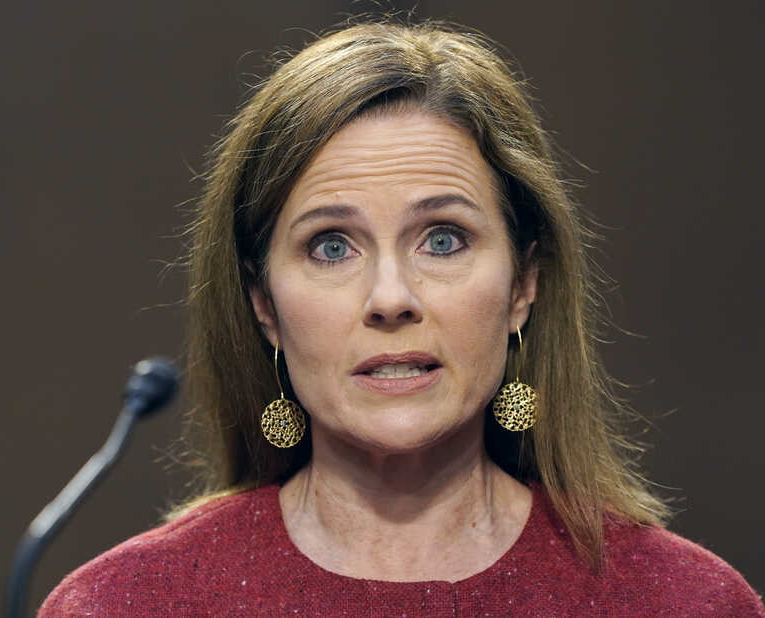
|
The Ninth Circuit Court (Hawaii, California and the Northwest)
But the matter did not stop with the Supreme Court appointments. The empty seats at the lower levels of the Federal Judiciary were going through something of the same process. The reliably Leftist Ninth Circuit Court (the one that Liberals would bring their cases to in order to gain a most-certain legal victory) was closely watched, as Trump appointed his fourth nominee, Bridget Bade, to the Court soon after the Kavanaugh vote went through. The Liberals needed not to be terribly concerned yet, as only nine of the twenty-five Circuit Court judges were appointed by Republican presidents. Liberals still held a commanding majority with that court. But certainly Liberals did not want their position there weakened in any way. Much judicial legislation was enacted through the Ninth Circuit court, and they did not want that legal highway to power slowed up in any way.
|


 Miles
H. Hodges
Miles
H. Hodges